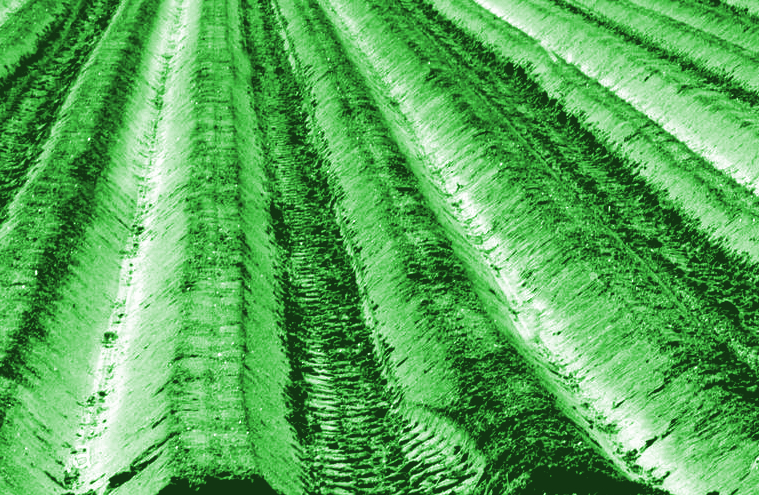Graphene tapped for high-tech dirt
 Australian researchers are using graphene to create fertilisers with lower environmental impacts and reduced costs for farmers.
Australian researchers are using graphene to create fertilisers with lower environmental impacts and reduced costs for farmers.
Essential trace elements have been onto graphene oxide sheets for effective slow release fertilisers.
Using graphene as a carrier means the fertilisers can be applied in a more targeted fashion, with overall increased fertiliser efficiency and great nutrient uptake by the plants.
“Fertilisers that show slower, more controlled release and greater efficiency will have reduced impact on the environment and lower costs for farmers over conventional fertilisers, bringing significant potential benefit for both agriculture and the environment,” says Professor Mike McLaughlin, Head of the University of Adelaide’s Fertiliser Technology Research Centre at the Waite campus.
“Our research found that loading copper and zinc micronutrients onto graphene oxide sheets was an effective way to supply micronutrients to plants. It also increased the strength of the fertiliser granules for better transport and spreading ability.”
The graphene-based carriers have so far been demonstrated with the micronutrients zinc and copper. Work is continuing with macronutrients such as nitrogen and phosphate.
“It’s still early days but there is no doubt that fertilisers with release rates more tailored to crop demand, and fertilisers with greater physical strength and robustness, will both improve grower efficiency of fertiliser application and efficiency of nutrient uptake,” Professor McLaughlin said.
“Successful commercialisation will depend on cost of graphene/graphene oxide and the ability to scale this process up, and integrate it into the commercial fertiliser production process.”
The research, carried out by PhD student Shervin Kabiri, has been published in the journal Applied Materials and Interfaces.







 Print
Print